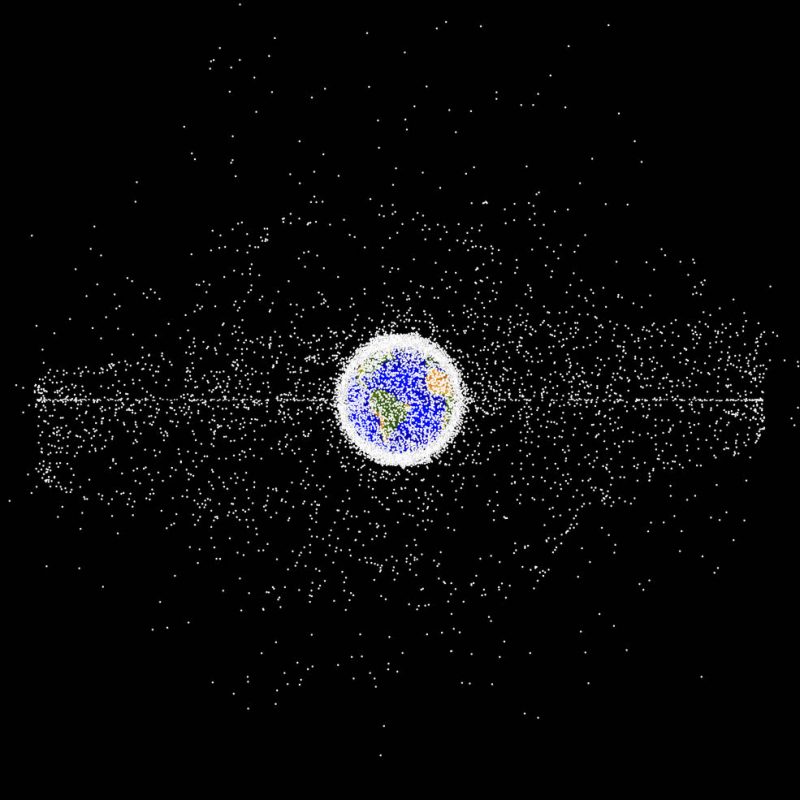
3 awards for orbital debris studies
NASA said on September 13, 2022 that it has selected three research proposals from university-based teams. Specifically, these teams are eligible for funding over the coming year:
… To analyze the economic, social and policy issues associated with space sustainability.
In particular, Space sustainability appears to be NASA jargon for a realm of space near Earth. Overall, this includes low-Earth orbit, geosynchronous orbit and beyond. Indeed, orbital debris now occupies that region. In other words, the space near Earth isn’t sustainable until and unless we get rid of the debris, which consists of:
… Human-made objects orbiting Earth that no longer serve a purpose, including mission-related and fragmentation debris, nonfunctional spacecraft and abandoned rocket stages.
Significantly, studies have long shown that debris in Earth orbit can lead to a cascade effect. In fact, this is sometimes called the Kessler Syndrome. Donald J. Kessler first suggested it in 1978 while he was working at Johnson Space Center in Houston, Texas. Kessler pointed out that collisions between objects in low-Earth orbit would create more space debris. This would be a cascade of debris where each collision increases the likelihood of further collisions. In 2009, as a result of his efforts at modeling the near-Earth environment, Kessler wrote that the debris environment was already “unstable.” He said that:
… Any attempt to achieve a growth-free small debris environment by eliminating sources of past debris will likely fail because fragments from future collisions will be generated faster than atmospheric drag will remove them.
NASA looking for new ideas and technologies
It remains to be seen whether that’s true or not. The statement doesn’t take advancing debris-removal technologies into account. NASA said that it:
… Takes the threat of orbital debris seriously as these objects can endanger spacecraft, jeopardize access to space, and impede the development of a low-Earth orbit economy, including commercial participation. These new awards will fund research that supports the agency’s commitment to address the problem.
It said that a panel of experts had evaluated and selected the following three proposals:
– “Adaptive Space Governance and Decision-Support using Source-Sink Evolutionary Environmental Models.” Submitted by Richard Linares and Danielle Wood of the Massachusetts Institute of Technology and Moriba Jah of the University of Texas-Austin.
– “An Integrated Assessment Model for Satellite Constellations and Orbital Debris.” Submitted by Akhil Rao of Middlebury College, Daniel Kaffine of the University of Colorado-Boulder and Brian Weeden of the Secure World Foundation.
– “Communication and Space Debris: Connecting with Public Knowledges and Identities. Submitted by Patrice Kohl, Sergio Alvarez and Philip Metzger of the University of Central Florida.
NASA said that its Orbital Debris Program will make the teams’ results publicly available. These will be available on the agency’s website.
Bottom line: NASA said on September 13, 2022, that it intends to fund three university-based research proposals over the coming year. These will all be on the issue of orbital debris.
Read more: Lucky strike: Space debris smacks ISS robotic arm











